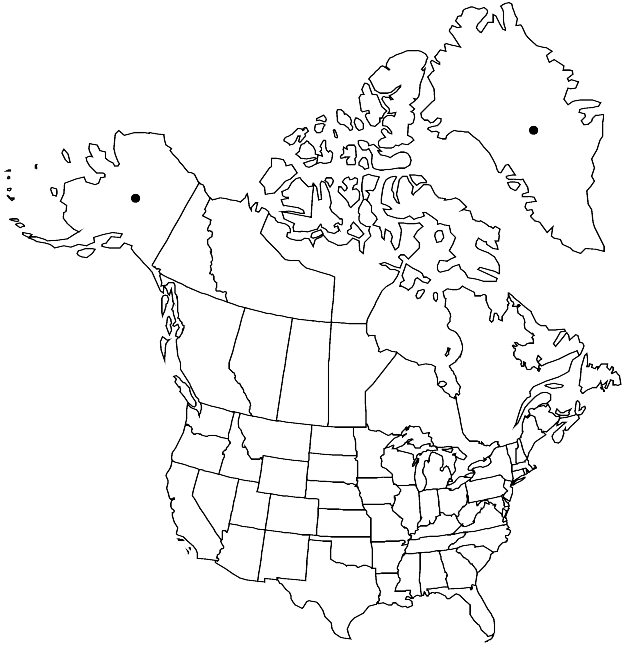Difference between revisions of "Campylium laxifolium"
Lindbergia 16: 147, fig. 1. 1992.
FNA>Volume Importer |
imported>Volume Importer |
||
| (3 intermediate revisions by 2 users not shown) | |||
| Line 31: | Line 31: | ||
-->{{#Taxon: | -->{{#Taxon: | ||
name=Campylium laxifolium | name=Campylium laxifolium | ||
| − | |||
|authority=Engelmark & Hedenas | |authority=Engelmark & Hedenas | ||
|rank=species | |rank=species | ||
| Line 45: | Line 44: | ||
|publication year=1992 | |publication year=1992 | ||
|special status= | |special status= | ||
| − | |source xml=https:// | + | |source xml=https://bitbucket.org/aafc-mbb/fna-data-curation/src/2e0870ddd59836b60bcf96646a41e87ea5a5943a/coarse_grained_fna_xml/V28/V28_449.xml |
|genus=Campylium | |genus=Campylium | ||
|species=Campylium laxifolium | |species=Campylium laxifolium | ||
Latest revision as of 21:35, 5 November 2020
Plants medium-sized, golden brown or golden yellow. Stems erect or creeping, ± irregularly branched; paraphyllia absent. Stem leaves erect or spreading, gradually narrowed to apex, slightly concave, 1.8–2.4 × 0.6–0.9 mm; base subsheathing, cordate-ovate or broadly so; acumen not differentiated. Sexual condition autoicous.
Habitat: Intermediately mineral-rich and slightly nutrient-enriched, often spring-influenced fens
Elevation: low to high elevations
Distribution

Greenland, Alaska, n Europe.
Discussion
Campylium laxifolium differs from C. protensum and C. stellatum in being autoicous and having erect or at least less distinctly spreading leaves that are more ovate and gradually narrowed toward the apex. The species is slightly smaller than C. longicuspis and has more weakly concave, more broadly ovate leaves without differentiated acumina. Campylium laxifolium is known from only three localities in North America, but because it was recently described it can be assumed to be more widespread.
Selected References
None.